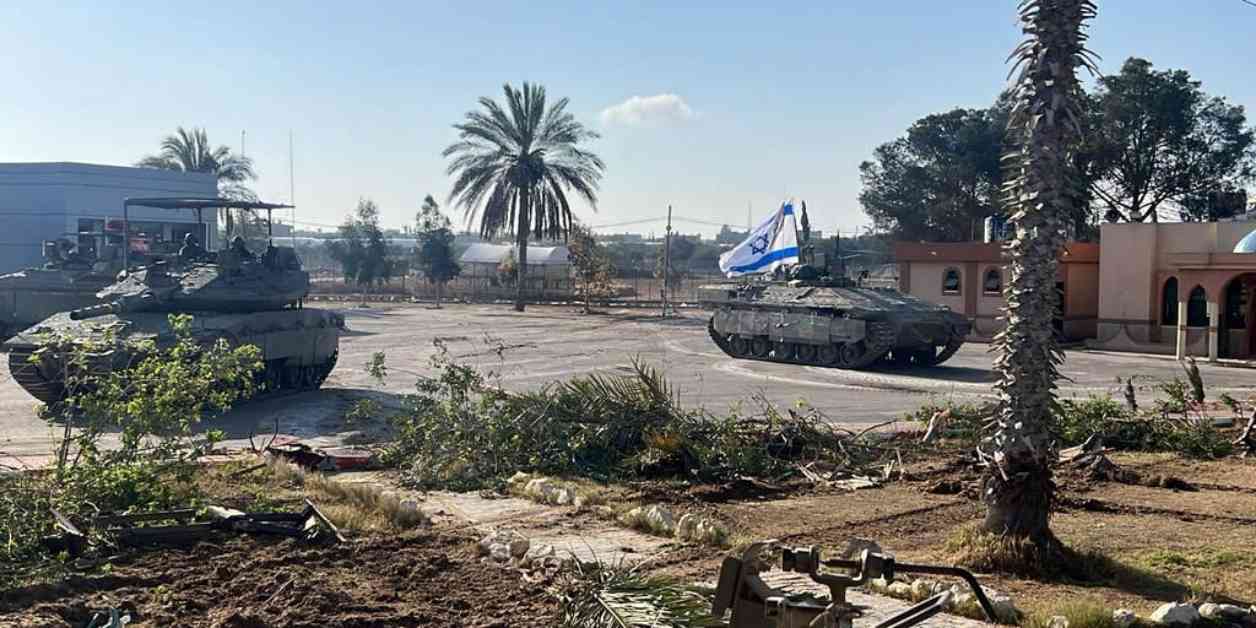Israeli AI Helps Reduce Civilian Casualties in Gaza
During the recent conflict between Israel and Hamas, the Israel Defense Forces (IDF) made extensive use of artificial intelligence (AI) technologies to minimize civilian casualties. While there has been speculation about the nature of these AI systems, Blaise Misztal, Vice President for Policy at the Jewish Institute for National Security of America (JINSA), believes that Israel deployed AI-powered drone swarms, mapping drones, and targeting systems to locate Hamas terrorists while avoiding harm to civilians.
Misztal mentioned that drones equipped with AI capabilities accompanied ground troops in Gaza, providing real-time intelligence. Companies like Elbit Systems and Ghost Robotics manufactured ground drones that could explore hazardous areas and improve maneuverability in complex environments. Additionally, Xtend UAV systems were used to counter Hamas incendiary balloons and rogue drones.
One of the key AI components utilized by Israel is the targeting systems known as “Gospel” and “Lavender.” These systems help identify hard targets like buildings and weapons storage facilities, as well as Hamas leaders and fighters using facial recognition technology. By sifting through vast amounts of data collected by various assets, including AI-enabled spy planes, these systems can pinpoint likely targets with precision, minimizing errors.
The IDF’s use of AI technology has evolved since the 2021 conflict, allowing for more strategic operations in Gaza. By mapping tunnel networks and strategic intersections, Israel can block off tunnels without causing collateral damage to civilian structures. The use of facial recognition technology also enables the IDF to identify civilians and ensure their safety during evacuations, preventing Hamas from using them as human shields.
Despite the secrecy surrounding their AI systems, Israel has integrated these technologies into their operational processes. The Associated Press recently reported that the proportion of Palestinian women and children killed in the conflict has declined, attributing this trend to the use of AI technologies that help reduce civilian casualties.
In addition to saving lives, AI has enabled the IDF to streamline complex processes and operate effectively within resource limitations. Jonathan Conricus, a Senior Fellow at the Foundation for Defense of Democracies, emphasized that without AI, Israel would struggle to gather intelligence efficiently and respond to threats effectively.
Overall, the integration of AI has proven to be a game-changer for the IDF, allowing them to navigate the complexities of modern warfare with precision and care for civilian lives. As technology continues to advance, the role of AI in conflict resolution is likely to become even more prominent.




